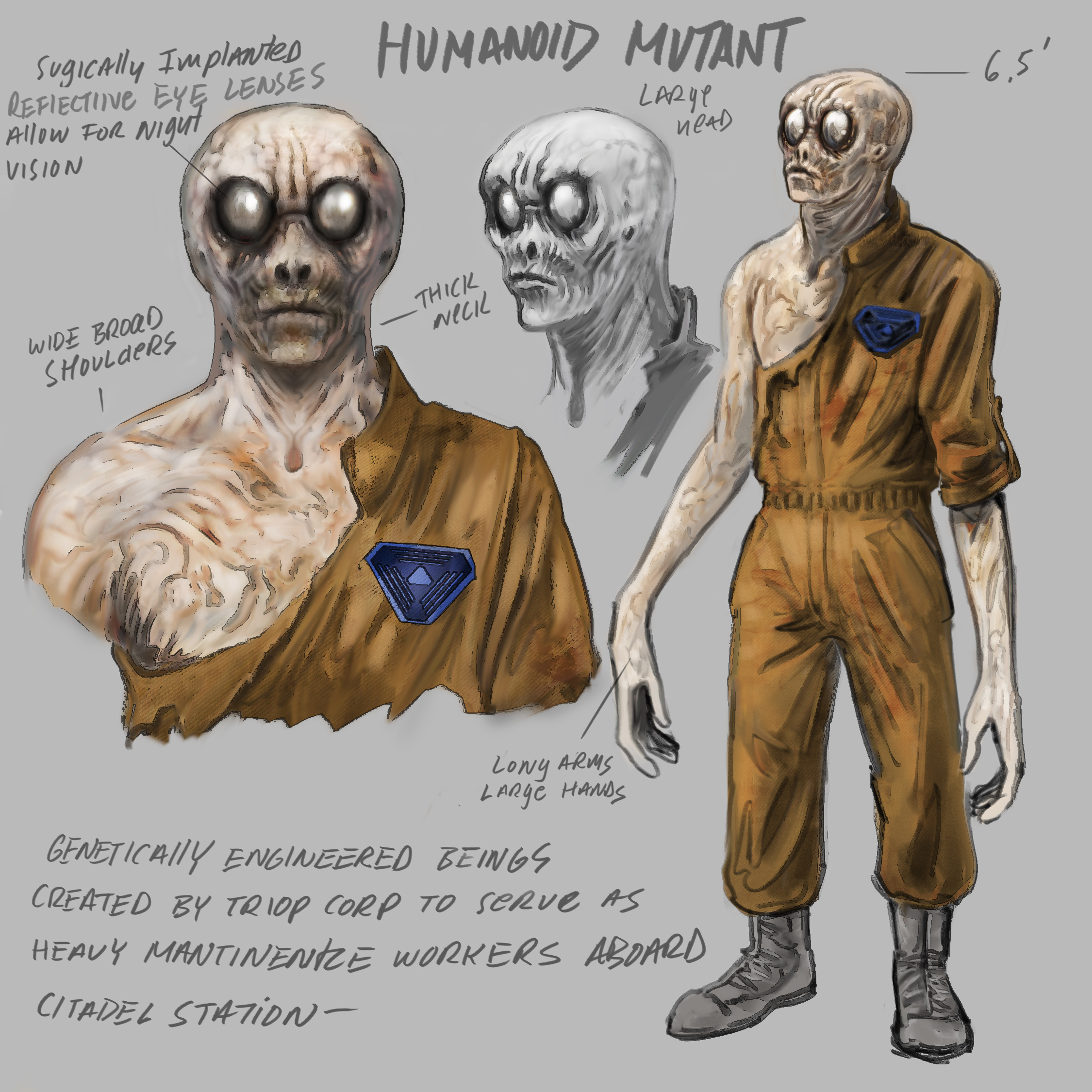

Third, whereas the analytical study of the dynamics is undertaken for the above second time scale, for the longer time scale we study, in the context of multiple equilibria models, the issue of thresholds, tipping points and disruptive contractions, and persistence of traps. Similar complex dynamic phenomena can be obtained from Kaleckian-Kaldorian nonlinear real business cycle models, particularly when time delays are allowed. Thus they can switch dynamic behavior for small or large shocks. We refer to the Hopf and Bautin bifurcation theorems, to establish corridor stability, and local resilience, for the interaction of real and financial variables where the trajectories can be stable or unstable in the vicinity of the equilibrium. Corridor stability pertains to small shocks with no lasting effects, but large enough shocks can lead to persistent cycles and/or contractions. In a financial-real business cycle model, we demonstrate forces that indeed can exhibit multiple dynamic features such as local resilience, known as corridor stability, but also other dynamic phenomena. Second, with respect to a business cycle medium-term dynamics, we analytically study an endogenous cycle model, built upon Semmler and Sieveking (1993, Journal of Economic Behavior & Organization, 22(2), 189-208) and Semmler and Koçkesen (2017, Technical report, New School for Social Research, Department of Economics), and discuss the issue of loss of stability, corridor stability, multiple attractors, and trapping dynamics also in the light of complex dynamics. First, for shorter time scales, for the short-run market dynamics, we evaluate resilience in the context of complex market dynamics that have been studied in the history of economic theory for long. In the paper, we refer to three time scales. We evaluate Brunnermeier’s theory of resilience in the context of complex system dynamics where, however, there can be local and global resilience, vulnerability, loss of resilience, cycles, disruptive contractions, and persistent traps.


 0 kommentar(er)
0 kommentar(er)
